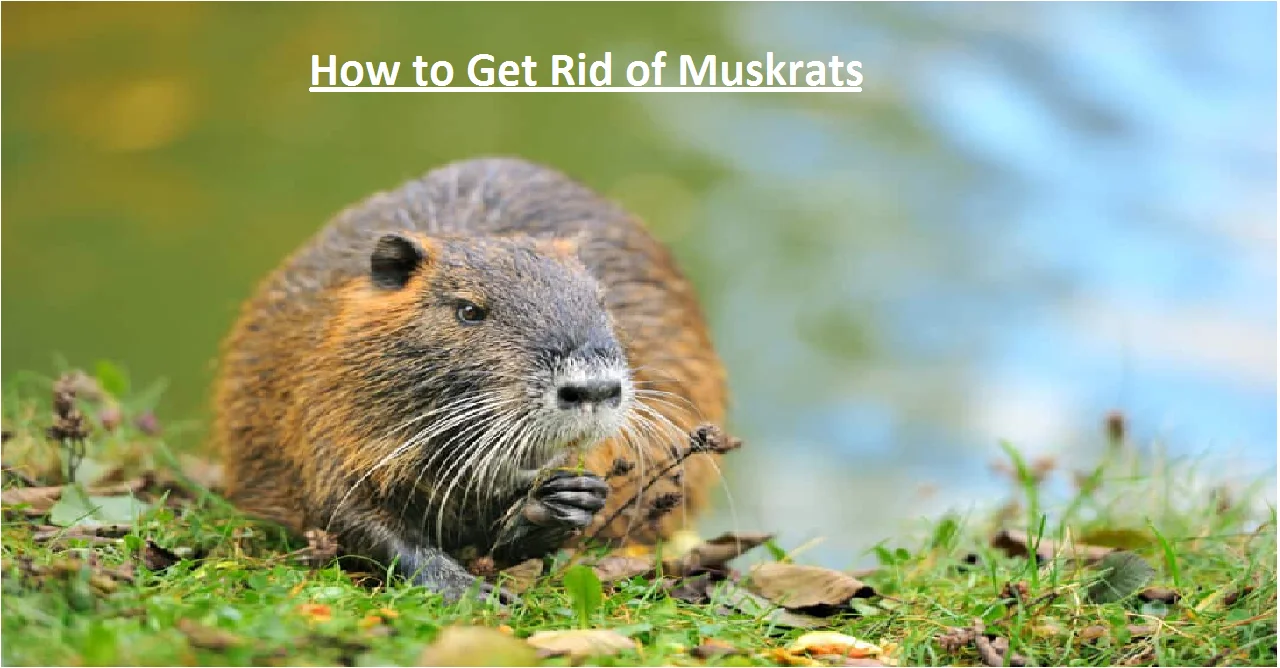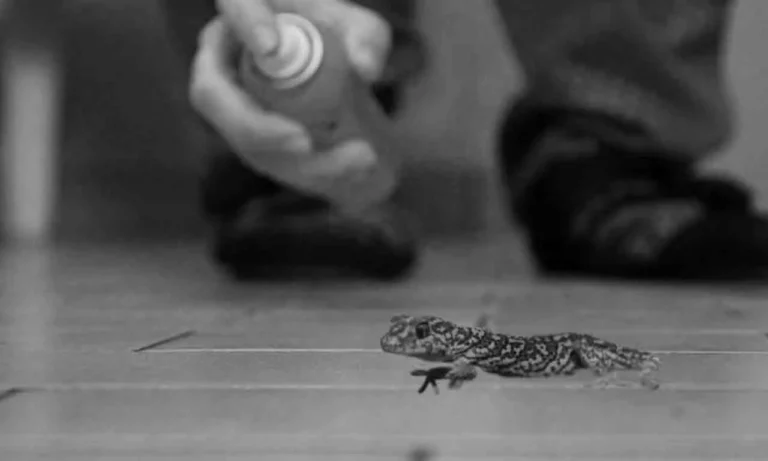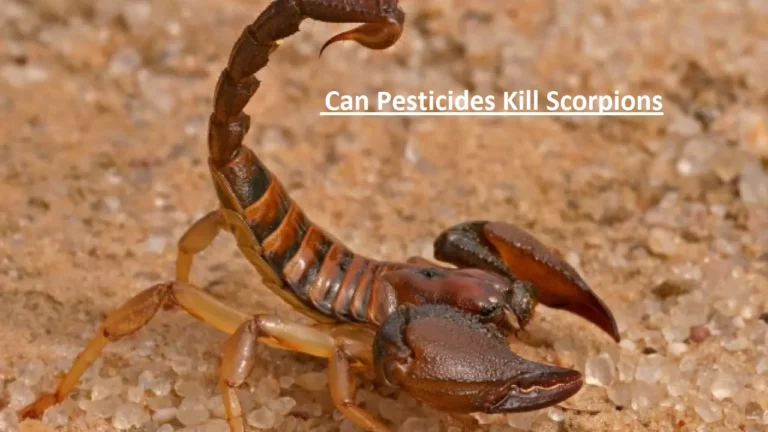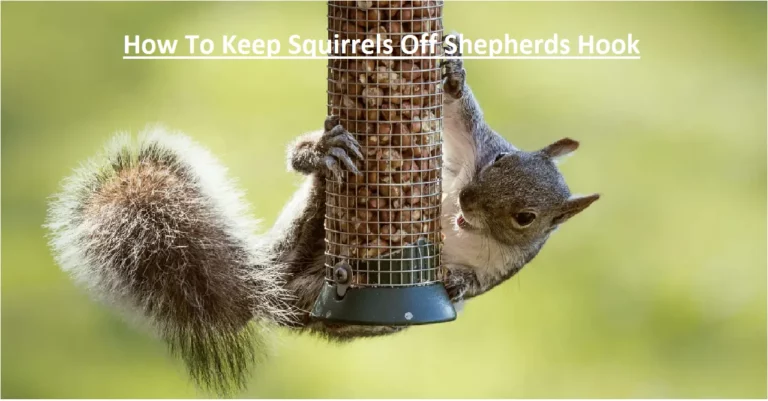How to Get Rid of Muskrats in Ponds and Lakes (Effective Methods Revealed)
Do you have a pond or lake on your property that is infested with muskrats? If so, you are probably looking for a way to get rid of them. Muskrats can be a real nuisance, and they can also cause damage to your property.
In this blog post, we will discuss how to get rid of muskrats in ponds and lakes using both lethal and non-lethal methods. We will also provide tips on preventing them from returning in the future.
What are muskrats?
Muskrats are small rodents that are found in North America. They are closely related to rats and mice, and they typically live in wetlands areas, such as ponds, lakes, and marshes. Muskrats can be a nuisance to property owners, as they can damage ponds and lakes by building dams and burrowing into the banks. They can also carry diseases, such as rabies.
Muskrats are also known as water rats because of their habit of swimming underwater for long periods of time. Their fur is thick and soft on their underbelly but coarse on their back and tail. Their coloring varies from gray to reddish-brown depending on the season.
Muskrats have webbed hind feet that allow them to swim underwater with ease. They also have large incisors that grow continuously throughout their lives.
What do muskrats do to ponds and lakes?
As we mentioned earlier, muskrats can damage ponds and lakes in a number of ways. They are known to build dams that can cause the water level to rise and flooding to occur.
Additionally, their burrowing habits can destabilize the banks of ponds and lakes, which can lead to erosion.
How to get rid of muskrats?
There are a number of ways to get rid of muskrats, both lethal and non-lethal. Let’s take a look at some of the most effective methods:
1. Trapping:
One of the most common ways to kill muskrats is by trapping them. There are a number of different types of traps that can be used, including live traps, body-gripping traps, and drowning traps.
Live traps are designed to capture the muskrat alive so that it can be relocated. Body-gripping traps are designed to kill the muskrat by crushing its body. Drowning traps are designed to kill the muskrat by drowning it.
Trapping is generally considered to be the most effective method of killing muskrats.
2. Shooting:
Another way to kill muskrats is by shooting them. This can be done with a rifle or a shotgun. If you choose to shoot them, make sure you have good aim and that you are shooting from a safe distance.
Shooting is generally considered to be less effective than trapping because it can be difficult to hit a moving target.
Additionally, it is important to check your local laws and regulations before shooting any animals on your property.
3. Fumigation:
Fumigation is another effective method of killing muskrats. This involves using a fumigant, such as chlorine gas, to kill them. Fumigation is generally considered to be more effective than shooting because it does not require a direct hit.
However, fumigation is also more dangerous and should only be done by a trained professional.
4. Poisoning:
Poisoning is another effective method of killing muskrats. This involves using a poison that will kill them when they eat it. There are a number of different types of poisons that can be used, including rodenticides and insecticides.
Poisoning is generally considered to be more effective than shooting because it does not require a direct hit.
However, poisoning is also more dangerous and should only be done by a trained professional.
5. Repellents:
Repellents are a non-lethal method of getting rid of muskrats. There are a number of different types of repellents that can be used, including ultrasonic devices, visual deterrents, and chemical repellents.
Ultrasonic devices emit sound waves that deter muskrats from entering an area. Visual deterrents, such as flags or scarecrows, deter muskrats by making them feel exposed. Chemical repellents, such as pepper spray, deter muskrats by making the environment unpleasant for them.
Repellents are generally considered to be less effective than lethal methods because they only deter muskrats temporarily.
However, repellents are a safe and humane option for getting rid of muskrats.
6. Removal:
Removal is a non-lethal method of getting rid of muskrats. This involves removing the muskrat from your property and relocating it to a different area.
Removal is generally considered to be less effective than lethal methods because the muskrat will likely just return to your property.
However, removal is a safe and humane option for getting rid of muskrats.
7. Deterrence:
Deterrence is a non-lethal method of getting rid of muskrats. This involves making your property less attractive to muskrats.
There are a number of different ways to deter muskrats, including reducing their food source, removing their shelter, and making the environment unpleasant for them.
Deterrence is generally considered to be less effective than lethal methods because the muskrat will likely just find another place to live. However, deterrence is a safe and humane option for getting rid of muskrats.
These are some of the most effective methods for getting rid of muskrats. If you have a problem with muskrats on your property, try one of these methods and see how it works for you.
If you have a muskrat problem on your property, we recommend that you contact a professional to help you get rid of them. They will be able to assess the situation and determine the best course of action.
Additionally, they will have the necessary equipment and training to safely and effectively get rid of muskrats.
How to prevent muskrats from returning
Once you have gotten rid of the muskrats on your property, you will want to take steps to prevent them from returning. Here are some tips:
• Remove food sources:
One of the most effective ways to prevent muskrats from returning is to remove food sources from your property. This includes removing aquatic plants and debris from the water.
• Install barriers:
Another way to prevent muskrats from returning is to install barriers around your pond or lake. This can include fencing, wire mesh, or concrete walls.
• Use traps:
You can also use traps to prevent muskrats from returning. This can include live traps, body-gripping traps, or drowning traps.
• Use chemicals:
You can also use chemicals to kill muskrats. This includes fumigants, such as chlorine gas.
With proper prevention, you can keep muskrats from returning to your property.
Conclusion
Muskrats are a common problem for many pond and lake owners. They can damage property and carry diseases. There are a number of ways to get rid of muskrats, including trapping, shooting, and fumigation. The most effective way to prevent them from returning is to remove food sources and install barriers. With proper prevention, you can keep muskrats from returning to your property.
If you have any questions or comments, please feel free to leave them below.
FAQs:
What time of day are muskrats most active?
Muskrats are most active at night. They are mostly nocturnal animals and spend most of the day resting in their dens.
What is the best bait for muskrats?
The best bait for muskrats is raw or cooked corn. However, be sure to avoid using any type of bait that contains salt, as it will be harmful to the muskrats.
What eats a muskrat?
Muskrats are preyed upon by a variety of predators including but not limited to coyotes, foxes, raccoons, bobcats, raptors (hawks, eagles, owls), and weasels. They are also hunted by humans for their fur.
Where do muskrats go in the winter?
Muskrats often build their homes in the wetlands near ponds, lakes, and streams. They may also live in brackish water or estuaries. In the winter, when the water freezes over, muskrats may travel to other areas where the water has not frozen. They may even go as far as to travel upriver to find food.
Can you poison muskrats?
Yes, but it’s not easy.
Muskrats are very resistant to poisoning. There are only a few poisons that will kill them, and they must be administered in large doses. Even then, there is no guarantee that the muskrat will die. It’s much easier to trap or shoot a muskrat than it is to poison it.







